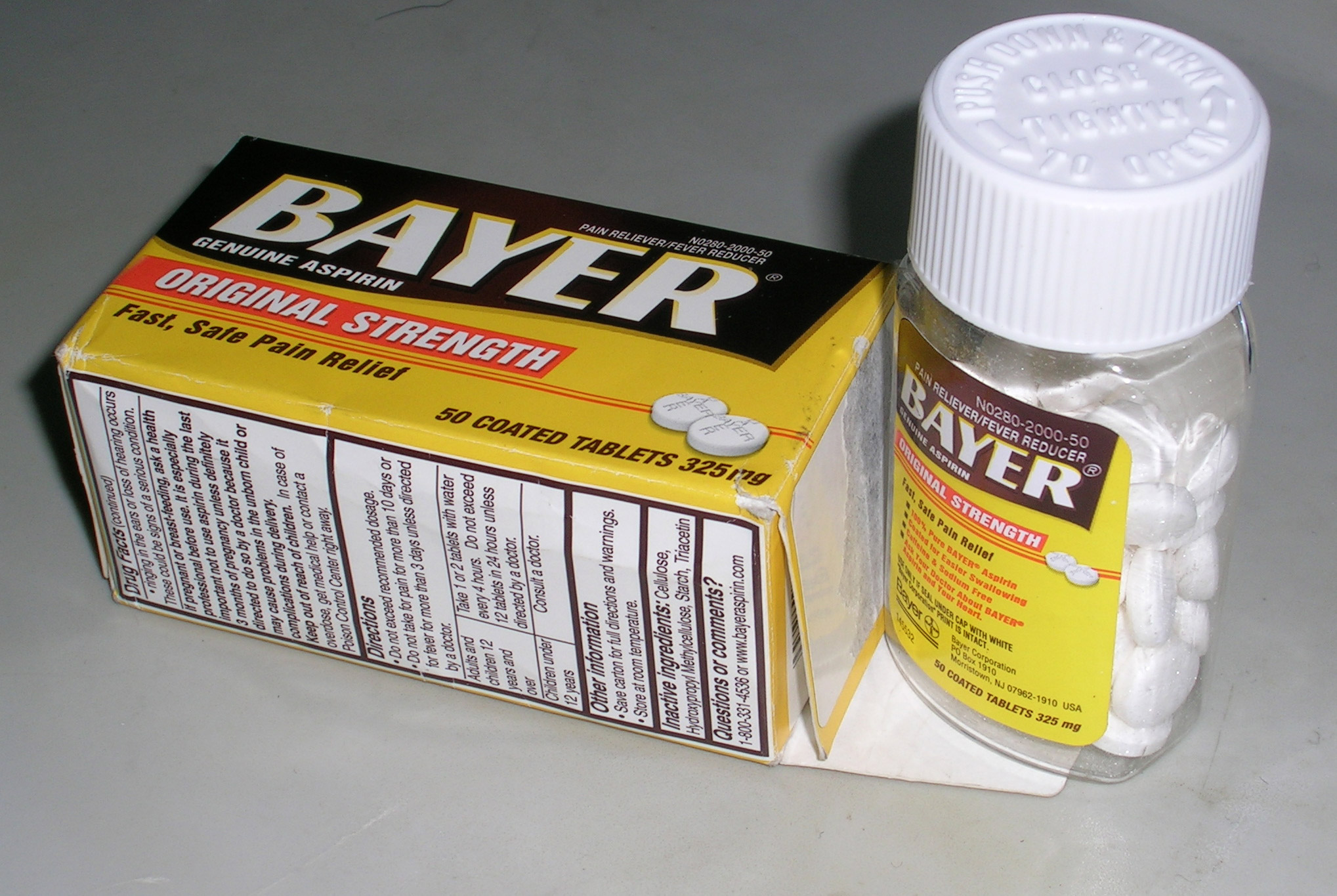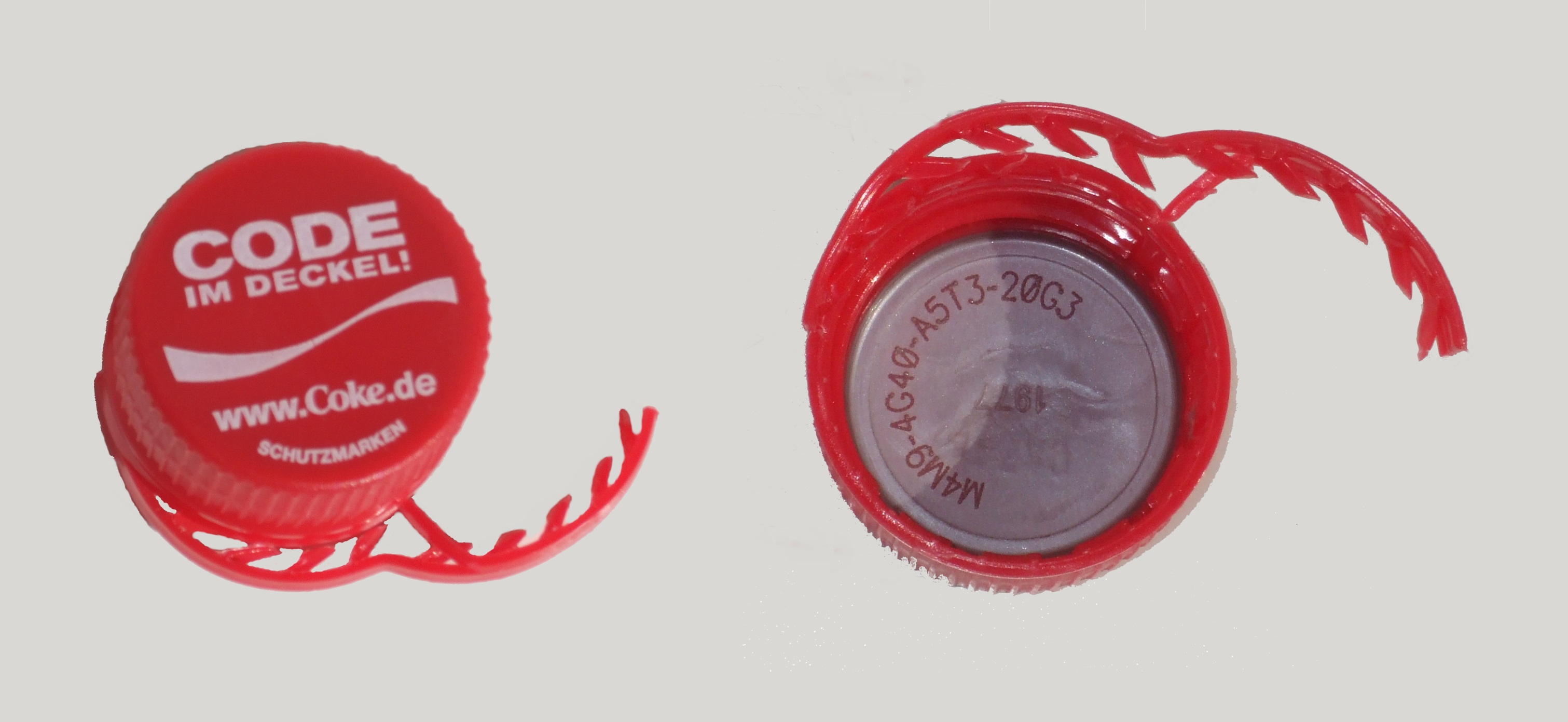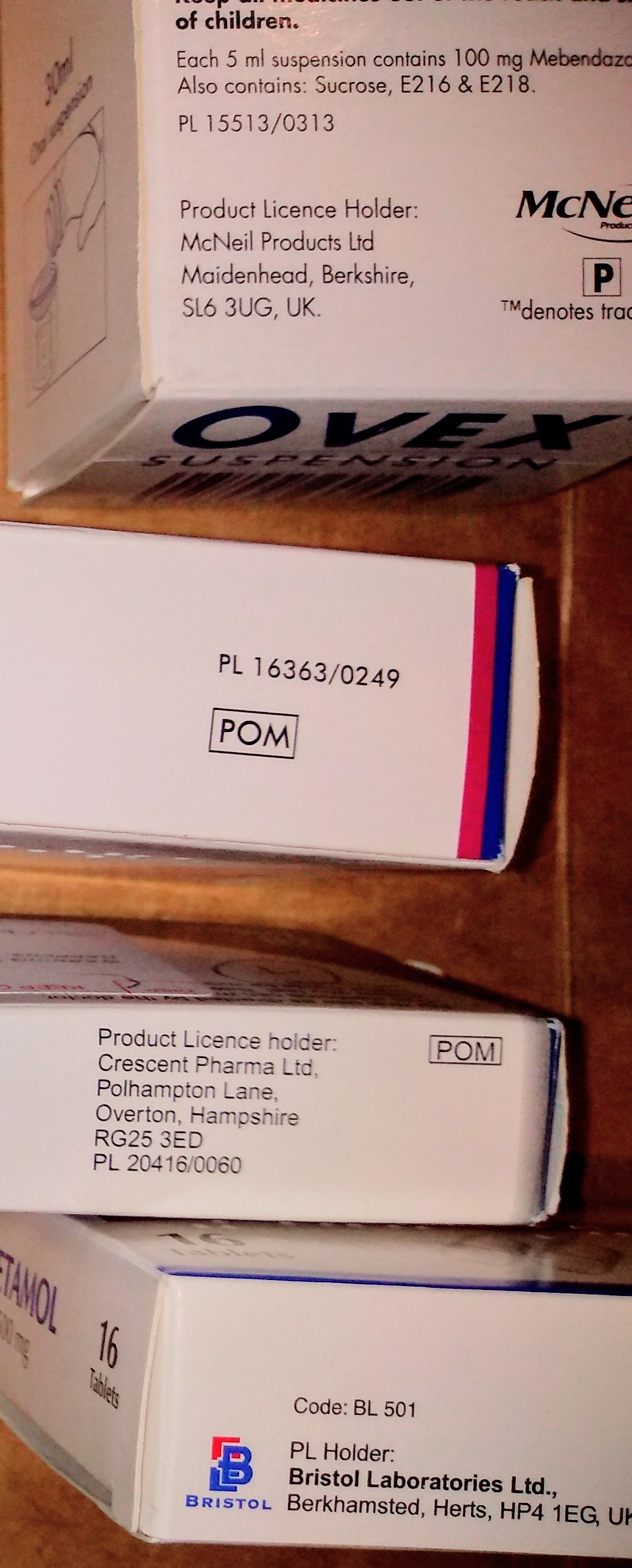|
Child-resistant Packaging
Child-resistant packaging or CR packaging is special packaging used to reduce the risk of children ingesting hazardous materials. This is often accomplished by the use of a special safety cap. It is required by regulation for prescription drugs, over-the-counter medications, Nicotine Containing Electronic Cigarette devices or Refill containers that can contain Nicotine EUTPD 36.7 pesticides, and household chemicals. In some jurisdictions, ''unit packaging'' such as blister packs is also regulated for child safety. The U.S. Consumer Product Safety Commission has stated in a press release that "There is no such thing as child-proof packaging. So you shouldn't think of packaging as your primary line of defense. Rather, you should think of packaging, even child-resistant packaging, as your last line of defense." Background The child-resistant locking closure for containers was invented in 1967 by Dr. Henri Breault. A history of accidents involving children opening household pa ... [...More Info...] [...Related Items...] OR: [Wikipedia] [Google] [Baidu] |
International Organization For Standardization
The International Organization for Standardization (ISO ; ; ) is an independent, non-governmental, international standard development organization composed of representatives from the national standards organizations of member countries. Membership requirements are given in Article 3 of the ISO Statutes. ISO was founded on 23 February 1947, and () it has published over 25,000 international standards covering almost all aspects of technology and manufacturing. It has over 800 technical committees (TCs) and subcommittees (SCs) to take care of standards development. The organization develops and publishes international standards in technical and nontechnical fields, including everything from manufactured products and technology to food safety, transport, IT, agriculture, and healthcare. More specialized topics like electrical and electronic engineering are instead handled by the International Electrotechnical Commission.Editors of Encyclopedia Britannica. 3 June 2021.Inte ... [...More Info...] [...Related Items...] OR: [Wikipedia] [Google] [Baidu] |
United States Pharmacopeia
The ''United States Pharmacopeia'' (''USP'') is a pharmacopeia (compendium of drug information) for the United States published annually by the over 200-year old United States Pharmacopeial Convention (usually also called the USP), a nonprofit organization that owns the trademark and also owns the copyright on the pharmacopeia itself. The ''USP'' is published in a combined volume with the ''National Formulary'' (a formulary) as the USP-NF. If a drug ingredient or drug product has an applicable ''USP'' quality standard (in the form of a ''USP-NF'' monograph), it must conform in order to use the designation "USP" or "NF". Drugs subject to ''USP'' standards include both human drugs ( prescription, over-the-counter, or otherwise) and animal drugs. ''USP-NF'' standards also have a role in US federal law; a drug or drug ingredient with a name recognized in ''USP-NF'' is considered adulterated if it does not satisfy compendial standards for strength, quality, or purity. USP also ... [...More Info...] [...Related Items...] OR: [Wikipedia] [Google] [Baidu] |
Tamper Resistance
Tamperproofing is a methodology used to hinder, deter or detect unauthorised access to a device or circumvention of a security system. Since any device or system can be foiled by a person with sufficient knowledge, equipment, and time, the term "tamperproof" is a misnomer unless some limitations on the tampering party's resources is explicit or assumed. Tamper resistance is resistance to intentional malfunction or sabotage by either the normal users of a product, package, or system or others with physical access to it. Tamper resistance ranges from simple features like screws with special drives and tamper-evident seals to more complex devices that render themselves inoperable or encrypt all data transmissions between individual chips, use of materials needing special tools and knowledge. Tamper-resistant devices or features are common on packages to deter package or product tampering or enable its detection. Anti-tamper devices have one or more components: tamper resistance, ... [...More Info...] [...Related Items...] OR: [Wikipedia] [Google] [Baidu] |
Screw Cap
A screw cap or closure is a common type of closure for bottles, jars, and tubes. History Screw caps had been used in Europe since the 1500s and a British patent was filed in 1810 by Peter Durand acting on behalf of Nicolas Appert. John Landis Mason patented in 1858 a screw-on lid for a jar that became known as the Mason jar. Usage A screw closure is a mechanical device which is screwed on and off of a "finish" on a container. Either continuous threads or lugs are used. It must be engineered to be cost-effective, to provide an effective seal (and barrier), to be compatible with the contents, to be easily opened by the consumer, often to be reclosable, and to comply with product, package, and environmental laws and regulations. Manufacturers may ensure the integrity of a screw cap using a cap torque tester. Some closures need to be tamper resistant and have child-resistant packaging features. A tamper-evident band is a common tamper warning for screw caps of bottles ... [...More Info...] [...Related Items...] OR: [Wikipedia] [Google] [Baidu] |
Pharmaceutical
Medication (also called medicament, medicine, pharmaceutical drug, medicinal product, medicinal drug or simply drug) is a drug used to diagnose, cure, treat, or prevent disease. Drug therapy ( pharmacotherapy) is an important part of the medical field and relies on the science of pharmacology for continual advancement and on pharmacy for appropriate management. Drugs are classified in many ways. One of the key divisions is by level of control, which distinguishes prescription drugs (those that a pharmacist dispenses only on the medical prescription) from over-the-counter drugs (those that consumers can order for themselves). Medicines may be classified by mode of action, route of administration, biological system affected, or therapeutic effects. The World Health Organization keeps a list of essential medicines. Drug discovery and drug development are complex and expensive endeavors undertaken by pharmaceutical companies, academic scientists, and government ... [...More Info...] [...Related Items...] OR: [Wikipedia] [Google] [Baidu] |
Package Pilferage
Package pilferage is the theft of part of the contents of a package. It may also include theft of the contents but leaving the package, perhaps resealed with bogus contents. Small packages can be pilfered from a larger package such as a shipping container. Broader and related aspects of package theft may include taking the entire package, pallet load, truck load, shoplifting, etc. The theft may take place at any point in the parcel's journey from source to destination, including theft by rogue logistics employees and customs agents in international mail scenarios. Solutions Solutions involve ''all phases'' of product production, packaging, distribution, logistics, sale, and use. No single solution is considered as "pilfer proof". Often, packaging engineers, logistics engineers, and security professionals have addressed multiple levels of security to reduce the risk of pilfering. Each situation is unique. Some considerations have included: * Identifying who a potential pi ... [...More Info...] [...Related Items...] OR: [Wikipedia] [Google] [Baidu] |
Over-the-counter Drug
Over-the-counter (OTC) drugs are medicines sold directly to a consumer without a requirement for a prescription from a healthcare professional, as opposed to prescription drugs, which may be supplied only to consumers possessing a valid prescription. In many countries, OTC drugs are selected by a regulatory agency to ensure that they contain ingredients that are safe and effective when used without a physician's care. OTC drugs are usually regulated according to their active pharmaceutical ingredient (API) and strengths of final products. The term ''over-the-counter'' (''OTC'') refers to a medication that can be purchased without a medical prescription. In contrast, prescription drugs require a prescription from a doctor or other health care professional and should only be used by the prescribed individual. Some drugs may be legally classified as over-the-counter (i.e. no prescription is required), but may only be dispensed by a pharmacist after an assessment of the patient ... [...More Info...] [...Related Items...] OR: [Wikipedia] [Google] [Baidu] |
Childproof
Childproofing (also called baby proofing) is the act of making an environment or object safe for children. This reduces risks to a level considered acceptable by a society, an institution, or to specific parents. Childproofing may include restriction of children to safe areas or preventing children from reaching unsafe areas. This can be accomplished by the parent or by hiring a professional for assistance. Childproofing is gaining more prominence now that parents have greater access to information on child injury and a wide variety of products are available to help prevent it. It has become so top-of-mind for parents that even hotels and child-friendly resorts are offering "child-proof" rooms. Electrical safety One of the more common concerns of child safety is the potential for electrocution or serious injury when an object, such as a key or metal paper clip, is inserted into an electrical outlet. Many childproofing devices exist that block access to the electrical outlets. ... [...More Info...] [...Related Items...] OR: [Wikipedia] [Google] [Baidu] |
Child Safety Lock
A child safety lock is a special-purpose Lock (security device), lock for cabinets, drawers, bottles, etc. that is designed to help prevent children from getting at any dangerous things or contents. Young children are naturally curious about their surroundings and will always explore, but as they may be unaware of dangerous substances or situations, the results can be fatal. Numerous cases of poisoning have resulted from eating brightly colored pills or spilling cleaning solvents. Containers In the United States, child safety locking mechanisms have been required by law since 1970 on all containers for potentially dangerous medicines and household cleaning products. These laws are enforced by the Consumer Products Safety Commission. These locking mechanisms may take several forms, but the most common is a design that requires a tab to be pressed firmly as the lid is twisted. Great strength and dexterity are not required to open the bottle, but the process is deliberately made to b ... [...More Info...] [...Related Items...] OR: [Wikipedia] [Google] [Baidu] |
ASTM
ASTM International, formerly known as American Society for Testing and Materials, is a standards organization that develops and publishes voluntary consensus technical international standards for a wide range of materials, products, systems and services. Some 12,575 apply globally. The headquarters is in West Conshohocken, Pennsylvania, about northwest of Philadelphia. It was founded in 1902 as the American Section of the International Association for Testing Materials. In addition to its traditional standards work, ASTM operates several global initiatives advancing additive manufacturing, advanced manufacturing, and emerging technologies, including the Additive Manufacturing Center of Excellence (AM CoE), the acquisition oWohlers Associatesfor market intelligence and advisory services, and the NIST-funded Standardization Center of Excellence (SCOE). History In 1898, a group of scientists and engineers, led by chemist, industry leader, and proponent of standardization Ch ... [...More Info...] [...Related Items...] OR: [Wikipedia] [Google] [Baidu] |
Package Testing
Package testing or packaging testing involves the measurement of a characteristic or property involved with packaging. This includes packaging materials, packaging components, primary packages, shipping containers, and unit loads, as well as the associated processes. Testing measures the effects and interactions of the levels of packaging, the package contents, external forces, and end-use. It can involve controlled laboratory experiments, subjective evaluations by people, or field testing. Documentation is important: formal test method, test report, photographs, video, etc. Testing can be a qualitative or quantitative procedure. Package testing is often a physical test. With some types of packaging such as food and pharmaceuticals, chemical tests are conducted to determine suitability of food contact materials. Testing programs range from simple tests with little replication to more thorough experimental designs. Package testing can extend for the full life cycle. Pac ... [...More Info...] [...Related Items...] OR: [Wikipedia] [Google] [Baidu] |









